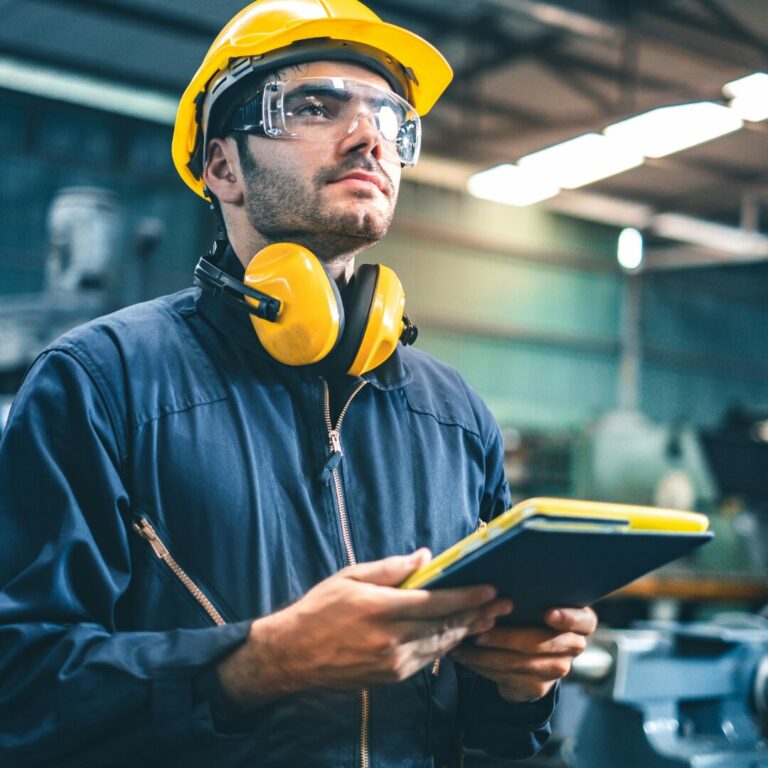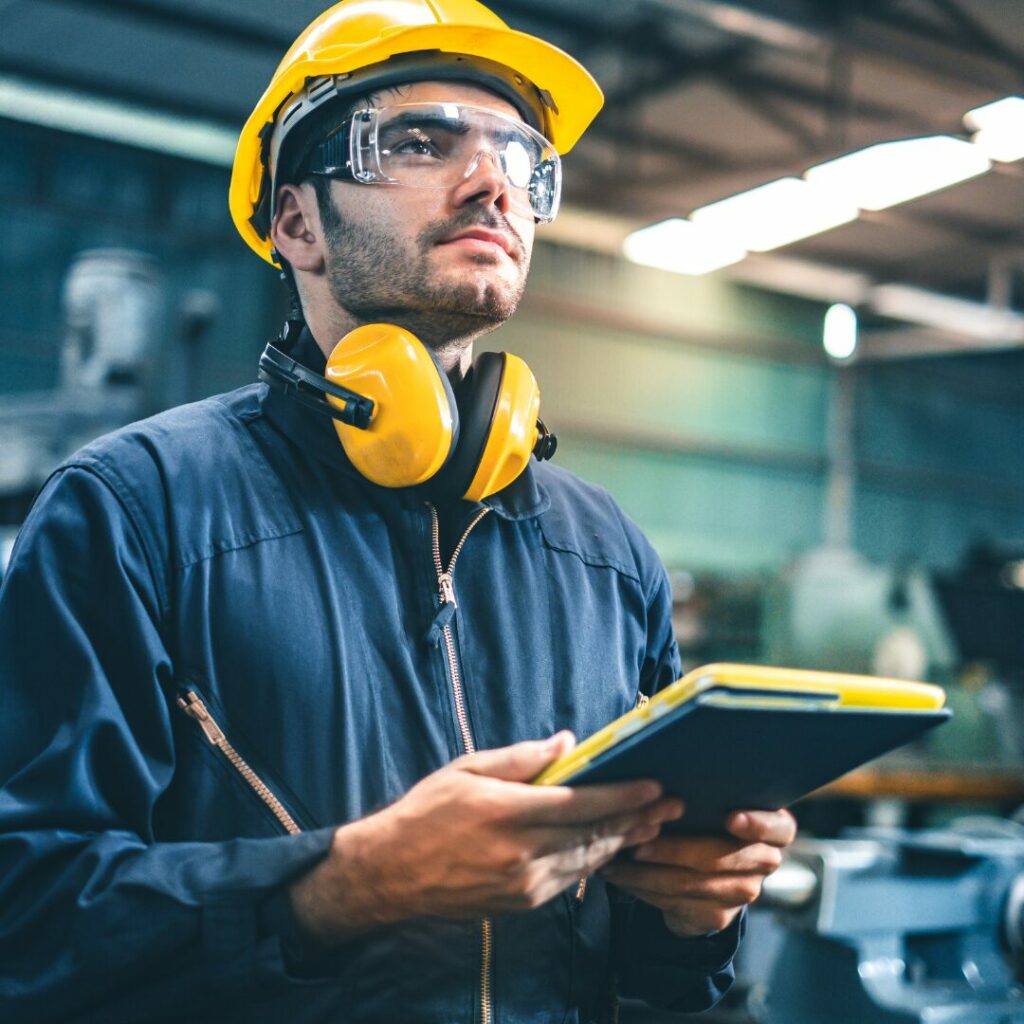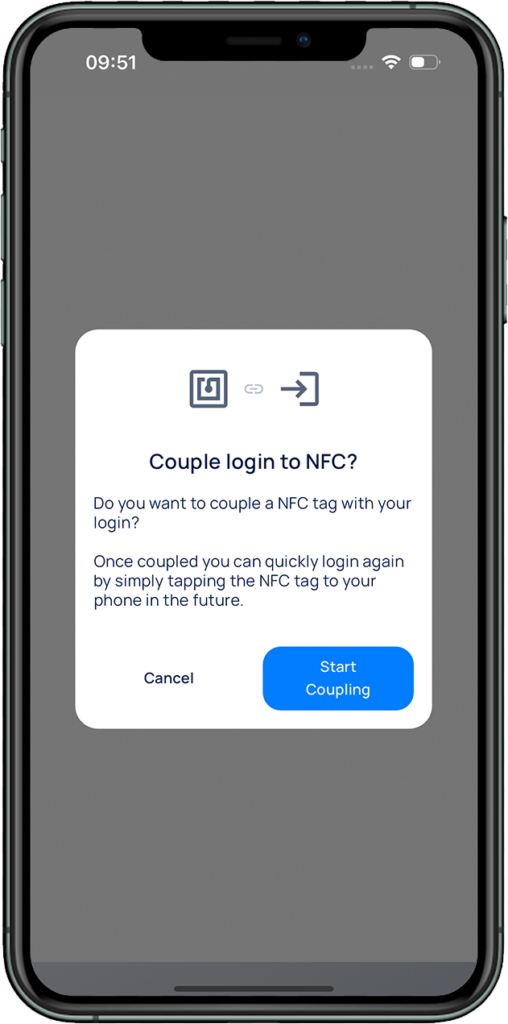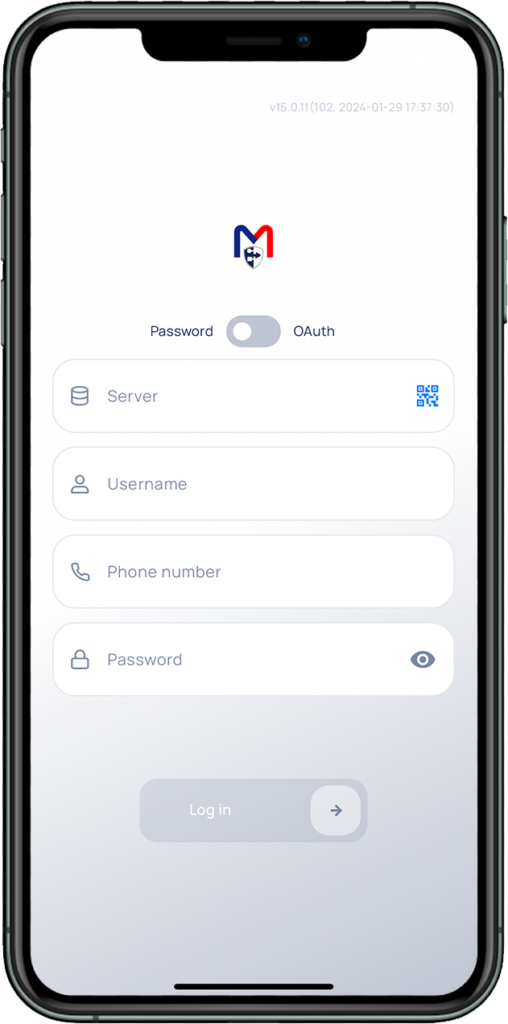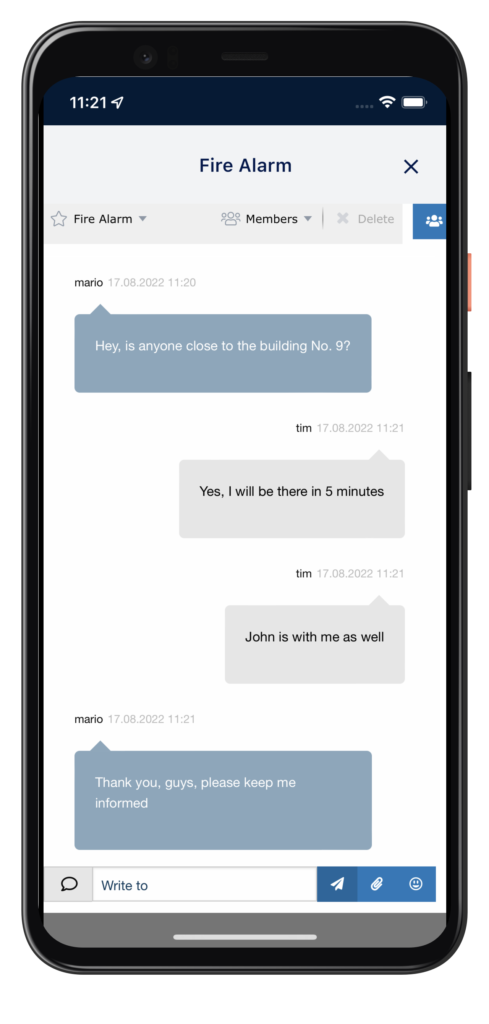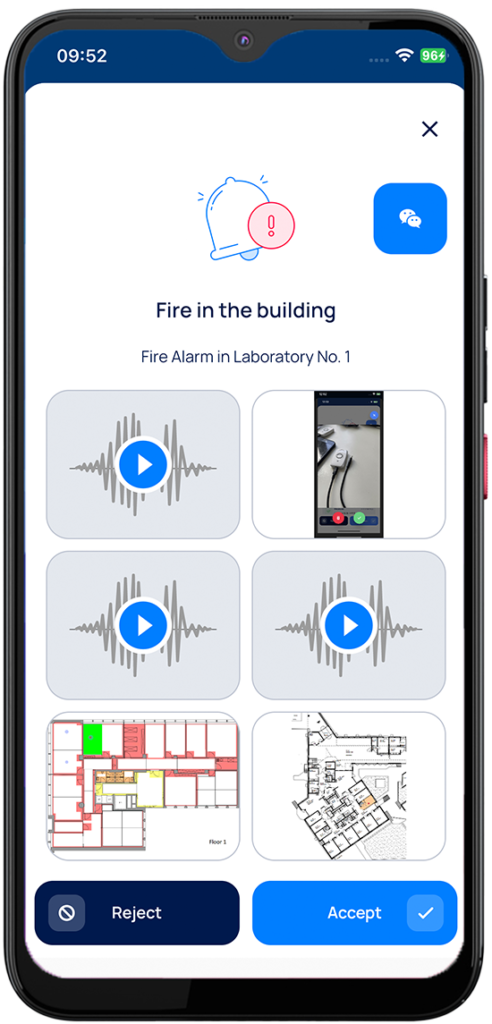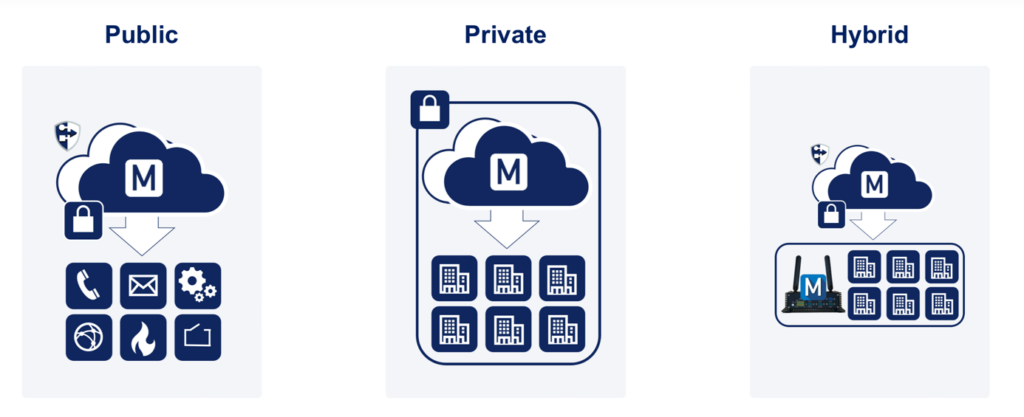
The future of communication security: An introduction to MobiCall
The growing importance of communication security
At a time when communication security is under increasing scrutiny, New Voice International stands out as a pioneer of “Unified Alarm Event Communication”. Since 1991, the innovative Swiss company has taken a leading role in the integration of security, telecommunications and information technologies. With over 7,000 successful projects worldwide, New Voice is synonymous with reliability and efficiency in alerting and information distribution.

MobiCall: A revolutionary development
MobiCall, New Voice’s central software platform, is at the heart of this revolutionary development. In response to the urgent demand for a comprehensive and reliable communication security solution, MobiCall offers customized services for alerting, evacuation, information distribution and positioning. This platform is particularly indispensable in scenarios such as fire, emergency management, silent alarms and lone worker protection.
The technological strength of MobiCall
- Seamless integration of a company’s entire communications infrastructure.
- Fast transmission of critical information by networking machines, devices, sensors and personnel.
- Open, modular and continuously scalable solution that adapts to a company’s needs.
Advantages of implementing MobiCall
- Centralized platform that records all events and alarms.
- Efficient and predefined responses to any circumstances, risk reduction and security of people, assets and organizations.
- Positioning of people and assets, alarm management and process automation.
NewVoice and MobiCall: at the forefront of security solutions
- Development of security solutions tailored to individual customer needs.
- Improving security infrastructure and communication as a cost-saving factor.
- Maximum security and service quality.
Future outlook and commitment
NewVoice with the MobiCall alarm server is at the forefront of the development of security solutions tailored to the needs of each customer. The platform not only enables improved security infrastructure and communication as a cost-saving factor, but also the highest level of security and service quality. Looking to the future, MobiCall is more than just a product; it is a comprehensive solution for the communication security challenges of today and tomorrow.
Conclusion: MobiCall
“Because every second counts” – A fitting quote that emphasizes the commitment to safety and well-being. NewVoice International remains true to the principle of developing tailor-made solutions for alerting, mobilization, evacuation and monitoring. In the ever-changing landscape of communications security, MobiCall is a shining example of innovation and reliability.
Learn more at New Voice International’s website.



